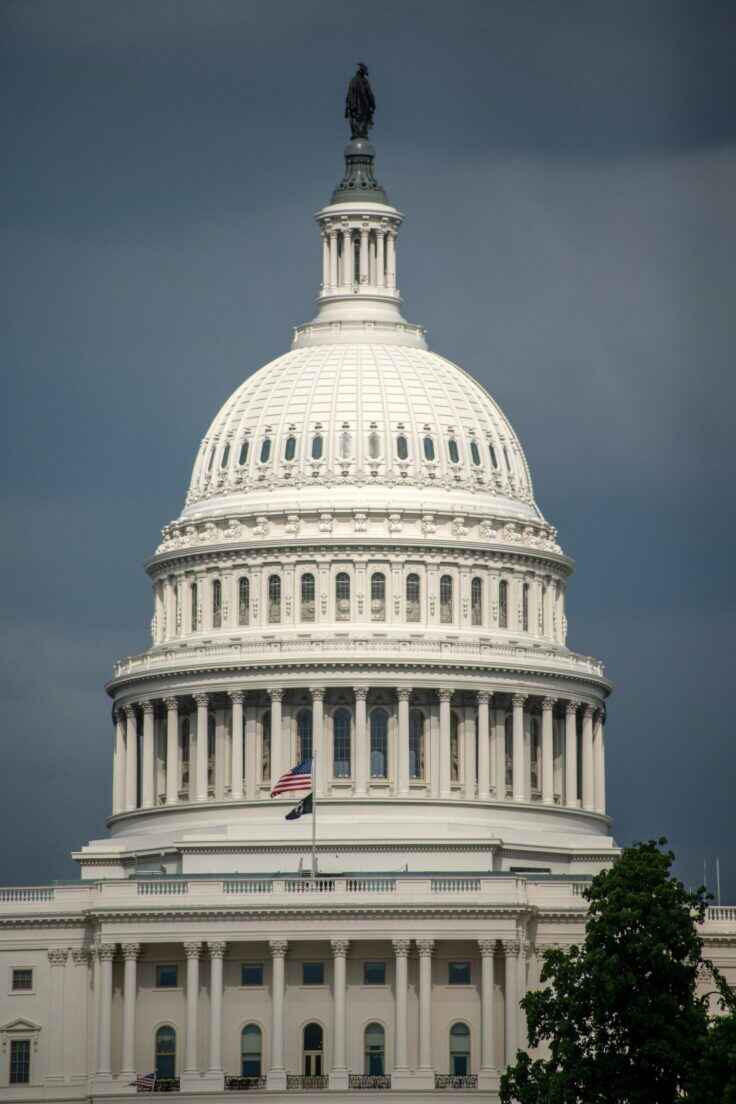De-identification is an Important Tool to Make Data Available to Communities
February 11, 2019
Overview
Generally, once public health removes or obscures personal identifying information within a data set, law does not constrain the use or disclosure of the remaining data. De-identification enables public health to collect and share data without violating individuals’ privacy or law.

Public health has evolved to an expanded scope of practice, called Public Health 3.0, which recognizes that “[p]ublic health is what we do together as a society to ensure the conditions in which everyone can be healthy.” Today, communities partner with public health and others to address important issues, often focusing on environmental and social determinants of health, with the goal of achieving health equity. A modern information infrastructure, built with health and non-health data that are locally relevant, is critical to both public health and its community partners. To help support this infrastructure, public health should more widely use de-identification to make more timely, reliable, sub-county and actionable data available. Understanding the benefits of utilizing de-identified data and the mechanics of disclosing it are matters of national priority.



